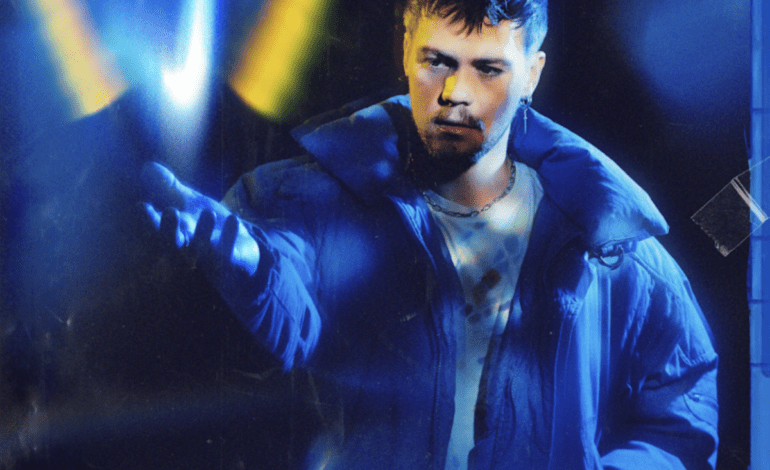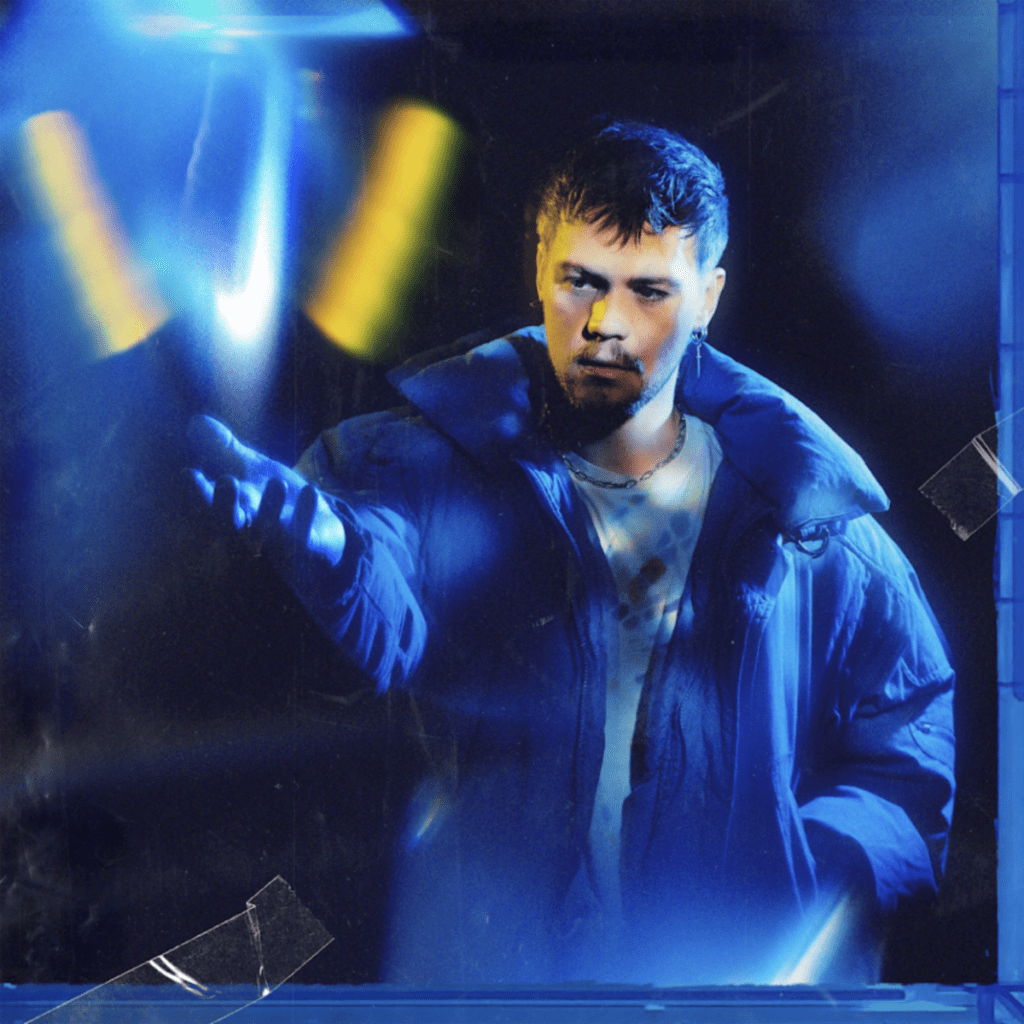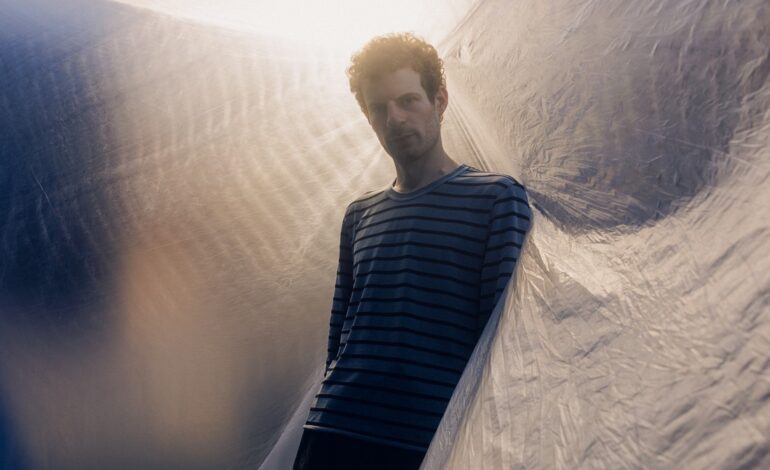
Marcus Drake has unveiled his highly anticipated Sooper Records debut album, Save Point 1, set for release on November 1st. This visionary project, meticulously crafted over seven years, marks Drake’s first release under his real name and promises to be a deep sonic exploration that spans indie rock, video game soundscapes, thrilling math-rock riffs with experimental twists, and vibrant, prismatic synths. The album is a journey through a kaleidoscope of genres, reflecting Drake’s unique artistic vision.
The first taste of *Save Point 1* comes with “Heaven’s In the Rot (Director’s Cut),” a mesmerizing fusion of glitch-pop and drum & bass that evokes the energy of Tera Melos meeting The Postal Service. The track is accompanied by a striking video directed by Nic Collins, featuring Drake as a time-traveling hacker navigating multiple timelines. It’s a thrilling glimpse into the album’s expansive sonic universe.
After a period of intense creativity with bands like Evasive Backflip and the side project Anthony Fremont’s Garden Solutions—alongside notable collaborators like Nate Amos of Water From Your Eyes and NNAMDÏ—Drake found himself in a creative rut by 2017. His solution was a cross-country odyssey in a dilapidated pickup truck camper, a journey that eventually led him back to Chicago, where he discovered new inspiration through Nine Inch Nails’ *The Downward Spiral*. This pivotal moment reignited his passion, allowing him to create freely without the weight of expectations.
*Save Point 1* is more than just a fresh start; it’s a powerful reintroduction to Marcus Drake—the musician, the producer, and the individual. The album’s 14 tracks were recorded with a simple setup on a rundown laptop that barely survived the process, yet the limitations only fueled Drake’s creativity. He experimented with new techniques, crafted electrifying guitar solos, and revived old instruments like a violin to bring his ideas to life. The result is a richly layered album where live recordings of guitar, bass, and some drums blend seamlessly with virtual instrumentation, creating a soundscape that is as intimate as it is expansive.





